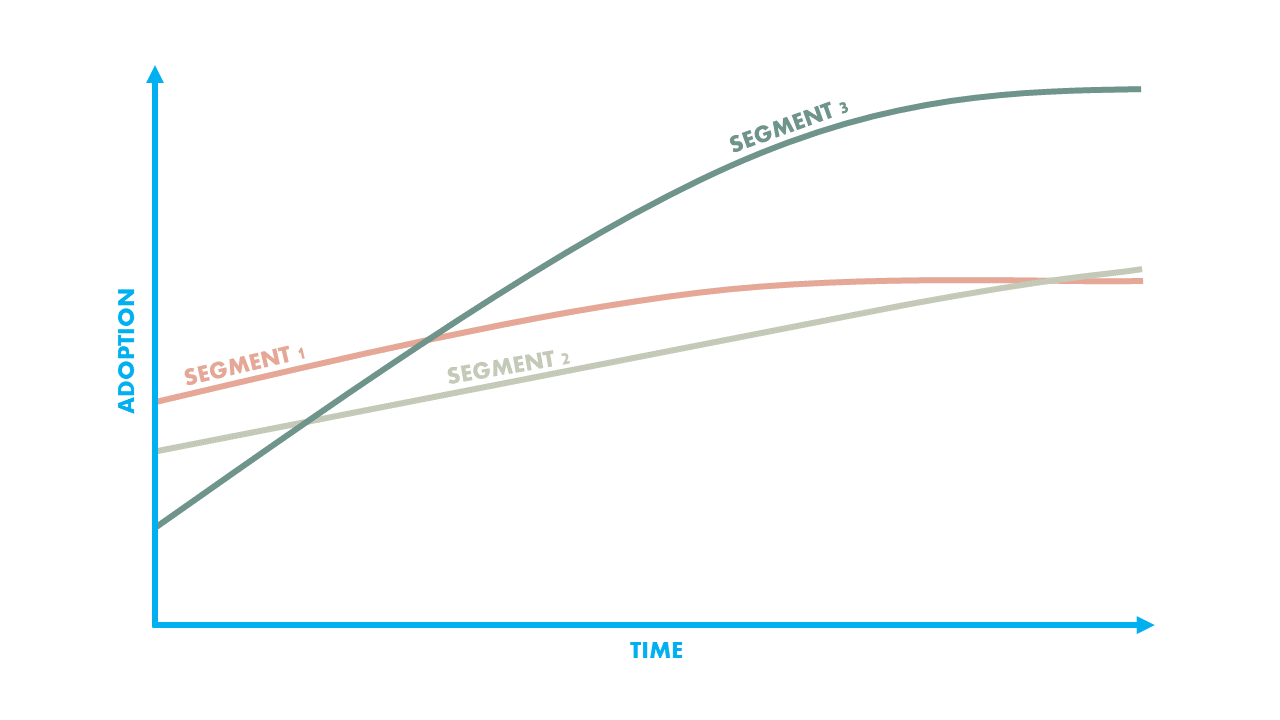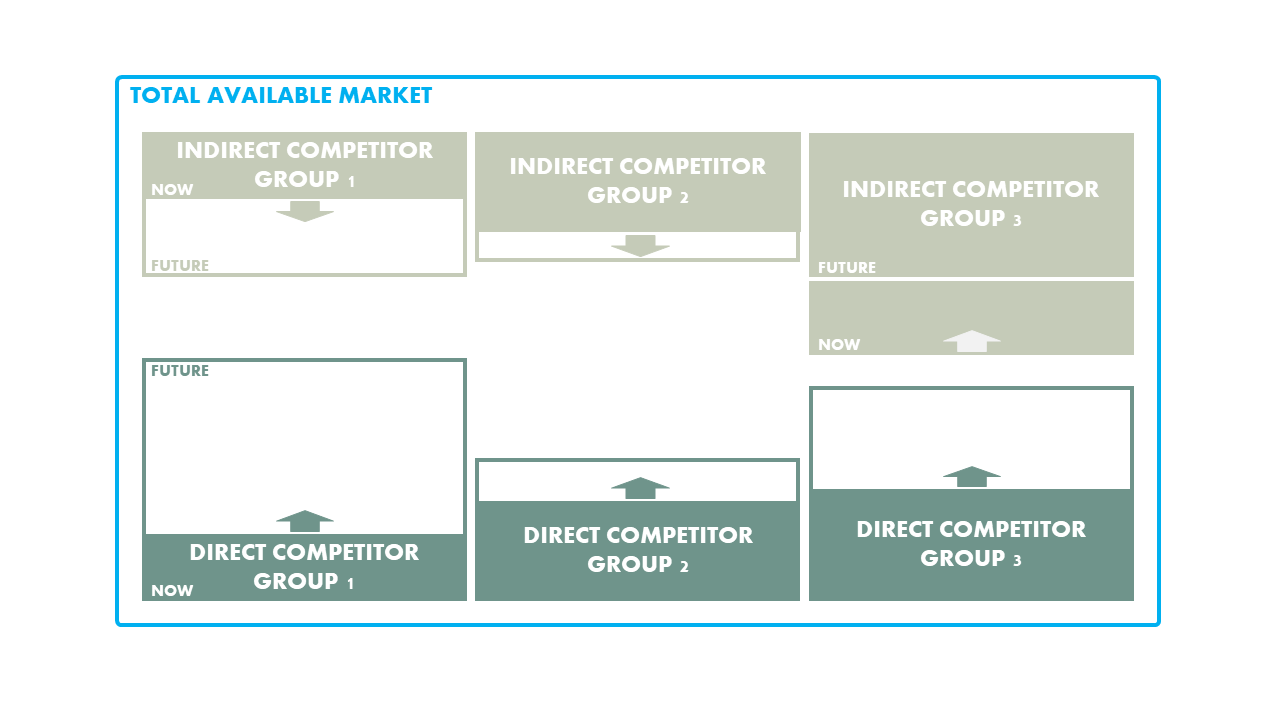A startup’s go-to-market strategy is a critical component in determining its success in the market. A solid go-to-market strategy outlines how the startup will introduce its products or services to its customers and create a strong position in the marketplace. It also involves identifying the target audience, understanding the competitive landscape, and creating a unique value proposition that differentiates the startup from its competitors.
Creating a well-executed go-to-market strategy requires extensive research and planning, as it involves analysing the market trends, the needs and preferences of the target audience, and the competitive landscape. Startups need to understand the market size, growth rate, and potential demand for their product or service, as well as factors that may affect their target audience’s purchasing decisions.
Moreover, startups need to determine how they can add value to their customers’ lives and solve their pain points. This involves creating a unique value proposition that highlights the startup’s strengths and addresses customer needs. Once the startup has created a strong value proposition, they can develop a marketing plan that effectively communicates their unique selling proposition to their target audience.
Overall, a well-executed go-to-market strategy is crucial for the success of a startup in the healthcare and technology industry. By properly identifying the target audience, understanding the competition, and creating a unique value proposition, startups can create a sustainable competitive advantage that positions them for long-term success in the market.
Discovering Your Ideal Customer Base
The first step in developing a go-to-market strategy is to identify the startup’s target audience. This involves conducting market research to understand the needs and preferences of potential customers.
Identifying the target audience for a product or service involves determining the market size and forecast for different segments in the market. Startups need to analyse the size and growth rate of the market segment they are targeting to understand the potential demand for their product or service. This includes gathering data on the total number of potential customers, as well as their geographic location, age, gender, income level, and other demographic factors that may influence their purchasing decisions.
For startups operating in the healthcare space, identifying the target audience also involves understanding the potential penetration in different sectors, such as hospitals, clinics, or pharmaceutical companies. This requires a thorough analysis of the industry landscape, including factors such as regulatory frameworks, reimbursement policies, and competitive dynamics.
Forecasting market trends is another critical component of target audience identification. This involves analysing market data and trends to predict future demand for the product or service. By forecasting market trends, startups can better understand the potential demand for their product or service and adjust their go-to-market strategy accordingly. This can include identifying new market opportunities, optimising pricing strategies, or refining their product or service offerings to better meet the needs of their target audience.
Analysing Your Competitors to Gain a Competitive Advantage
One of the key components of developing a successful go-to-market strategy is understanding the competitive landscape. Healthcare and technology startups operate in highly competitive markets, where innovation and disruption are key drivers of success. By analysing the competition, startups can gain valuable insights into market trends, customer needs, and emerging technologies. This information can be used to create a unique value proposition that sets the startup apart from competitors.
The first step in analysing the competitive landscape is identifying direct and indirect competitors. Direct competitors are companies that offer similar products or services, while indirect competitors are companies that offer different products or services that could still meet the same customer need. For example, a direct competitor for a healthcare startup that develops a telemedicine platform might be another telemedicine platform, while an indirect competitor might be a traditional brick-and-mortar medical clinic.
Once the competitors have been identified, the startup can begin analysing their strengths and weaknesses. This involves researching the competitor’s product or service offering, pricing strategy, marketing tactics, and customer feedback. By understanding what the competition does well and where they fall short, startups can identify areas where they can differentiate themselves.
One effective way to analyse the competition is to conduct a SWOT analysis. This involves assessing the strengths, weaknesses, opportunities, and threats of the competition. The strengths and weaknesses analysis evaluates the competitor’s internal factors, such as their product or service offering and their team’s capabilities. The opportunities and threats analysis evaluates the external factors, such as market trends and regulatory changes.
Setting Yourself Apart from the Crowd with a Unique Value Proposition
Once a healthcare or technology startup has analysed the competition and gained a deeper understanding of market trends and customer needs, the next step is to create a unique value proposition that highlights the startup’s strengths and addresses customer pain points. A value proposition is a statement that communicates the unique benefits that a product or service offers to customers, and why they should choose it over other options in the market.
In order to create a compelling value proposition, startups need to identify their unique selling points (USPs). These are the features or benefits of their product or service that set them apart from the competition. USPs can include things like product quality, pricing strategy, customer service, or unique technology features.
For example, a healthcare startup that develops a telemedicine platform might have a USP of offering a more convenient, accessible way for patients to receive medical care. By leveraging emerging technologies like video conferencing and AI-powered chatbots, the startup can offer patients real-time access to medical professionals without the need for in-person visits. This could be a compelling value proposition for busy professionals or individuals who live in remote areas.
Another example of a healthcare startup with a strong value proposition is a company that develops wearable health monitoring devices. By offering patients continuous, real-time monitoring of their vital signs and health metrics, the startup can provide early detection of health problems and prevent the need for more invasive medical interventions. This could be a compelling value proposition for individuals who are at risk of chronic diseases or who need to closely monitor their health for other reasons.
Developing a Comprehensive Marketing Plan to Achieve Success
The marketing plan is a critical component of the go-to-market strategy for healthcare and technology startups. It outlines the tactics and channels that will be used to reach the target audience and promote the product or service. To create an effective marketing plan, startups need to consider a range of factors, including the target audience, the competitive landscape, and the budget available for marketing activities.
Once the target audience and unique value proposition are established, startups can choose the marketing tactics that will be most effective. This may include social media advertising, email marketing, content marketing, search engine optimisation (SEO), paid search advertising, and events. To promote their products, healthcare and technology startups also often engage in intensive business development efforts aimed at getting in front of healthcare providers’ decision makers. This typically includes organising product demonstrations, participating in conferences and events, or other related activities with target audience participation.
Startups also need to determine the marketing funnel, which outlines the different stages of the customer journey and the marketing tactics that will be used at each stage. This may include awareness, consideration, and decision-making stages. Finally, startups should create a timeline for executing the marketing plan and set specific goals and metrics for measuring success. This may include metrics such as website traffic, lead generation, customer acquisition cost, and ROI.
By following these steps, startups can create an effective marketing plan that helps them reach their target audience and promote their product or service effectively. A well-executed marketing plan can be critical to the success of the go-to-market strategy for healthcare and technology startups.
Putting Your Marketing Plan into Action, Tracking Results, and Staying Ahead of the Competition
The final step in the go-to-market strategy for healthcare startups is to launch and promote the product or service. This step involves executing the marketing plan that has been developed as part of the go-to-market strategy.
It is important for startups to measure the success of their marketing campaigns and make necessary adjustments to optimise their effectiveness. Metrics such as website traffic, click-through rates, conversion rates, and customer acquisition cost can provide valuable insights into the effectiveness of marketing campaigns. Startups can use this data to fine-tune their marketing strategy and improve the return on investment (ROI) of their marketing efforts.
In addition to executing the marketing plan, startups should also continue to monitor the competitive landscape and stay up-to-date with the latest trends and developments in the healthcare industry. This involves keeping an eye on the activities of direct and indirect competitors, as well as understanding the changing needs and preferences of the target audience. Staying up-to-date with industry trends and developments can also help startups identify new market opportunities and potential areas for growth. For example, startups may need to pivot their go-to-market strategy if they observe a significant shift in customer needs or a disruption in the healthcare industry.
Finally, startups should focus on building strong relationships with their customers and stakeholders. This includes providing excellent customer service, responding quickly to customer feedback and inquiries, and leveraging customer testimonials and reviews to build brand credibility and trust. By executing a comprehensive go-to-market strategy and continuing to monitor the market landscape, healthcare startups can position themselves for long-term success in the healthcare market. By focusing on building strong relationships with customers and stakeholders while developing their business, startups can build a loyal customer base and establish themselves as trusted providers of innovative healthcare solutions.






